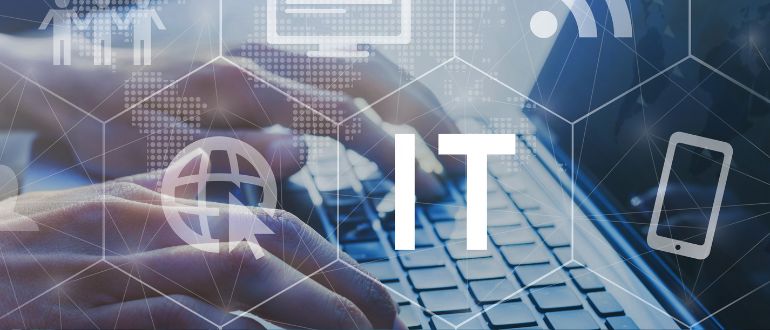
In an era when the complexity of IT systems makes them increasingly difficult to monitor, a new report from Splunk suggests that observability has become a key business differentiator by improving productivity and guiding strategic decisions among executives.
The Splunk State of Observability 2025: The Rise of a Business Catalyst report, underscores how deeply data observability has evolved beyond its roots in IT operations. Based on a survey of 1,855 IT and engineering professionals worldwide, the study reveals that observability is now influencing everything from customer experience and revenue forecasting to product design and brand perception. This is the fifth annual observability report by Splunk, which was acquired by Cisco in 2024.
“For a modern business built on digital experiences, observability is not just about error resolution,” said Shannon Kalvar, Research Director at IDC. “It is a foundational discipline required for making business-shaping decisions at speed and scale.”
The AI Connection
The report devotes significant attention to the relationship between observability and artificial intelligence. While 76% of organizations now use AI-powered observability tools in daily operations, that shift has introduced new layers of complexity. Nearly half of respondents said monitoring AI workloads has made their jobs more challenging, and 40% cited a lack of expertise as a key barrier to AI readiness.
Despite the challenges, most respondents view AI as an operational accelerant. More than three-quarters said AI tools free up time for innovation rather than routine maintenance. Sixty percent expect AI to improve troubleshooting and root-cause analysis, while 58% anticipate better detection of security vulnerabilities.
OpenTelemetry and Observability-as-Code
A standout trend in this year’s report is the rise of OpenTelemetry, which is the open-source standard for collecting traces, metrics, and logs. Companies adopting OpenTelemetry reported notable gains: 72% saw higher revenue growth, and 71% cited improved margins and brand perception.
So-called power users of OpenTelemetry achieved three times greater productivity gains and twice the improvement in customer experience compared with peers. More than half of these advanced users also employ observability-as-code, a DevOps methodology that codifies observability configurations for greater scalability and consistency.
From IT Metric to Boardroom Metric
Among the study’s headline findings: 74% of respondents said observability has improved employee productivity, while 65% reported a measurable boost in revenue. Nearly two-thirds said observability directly informs their product roadmaps.
As digital experiences become central to customer engagement, companies increasingly use observability data to understand user journeys, monitor business-critical processes, and refine product performance. Some 74% of respondents called observability essential for monitoring critical workflows, and 65% said it’s key to understanding customer behavior.
Those that treat observability as a strategic discipline rather than a reactive toolset are reaping significant rewards. The report found that top-performing observability practitioners are seeing 125% annual ROI, a rate 53% higher than their peers. These leaders also report better collaboration across IT, engineering, and security teams, with nearly 60% sharing data across departments to solve problems faster.
Disparate Tools and False Alerts
The 2025 survey confirms that observability is moving into its next phase, a cross-functional discipline that ties together AI, DevOps, and business strategy. The largest remaining hurdles are operational: teams still juggle too many disparate tools (59%) and endure excessive false alerts (52%). Yet with AI-driven automation and shared data pipelines, these inefficiencies are shrinking.
The report’s broader takeaway is that observability is now an engine for digital transformation, not just a response mechanism. As AI adoption grows, bringing with it increased complexity, observability’s capacity to track advanced IT systems has emerged as a key driver of effective management.

